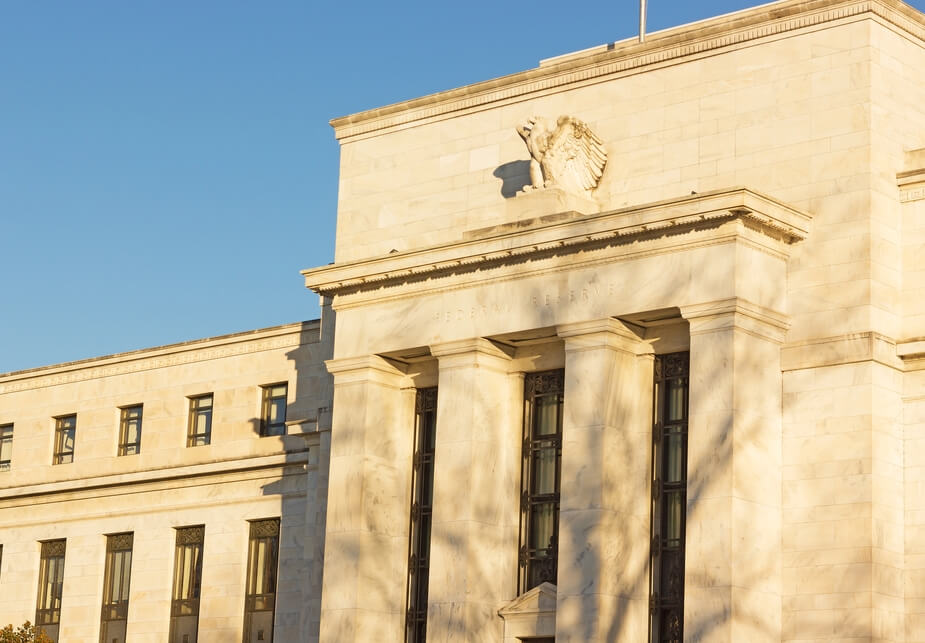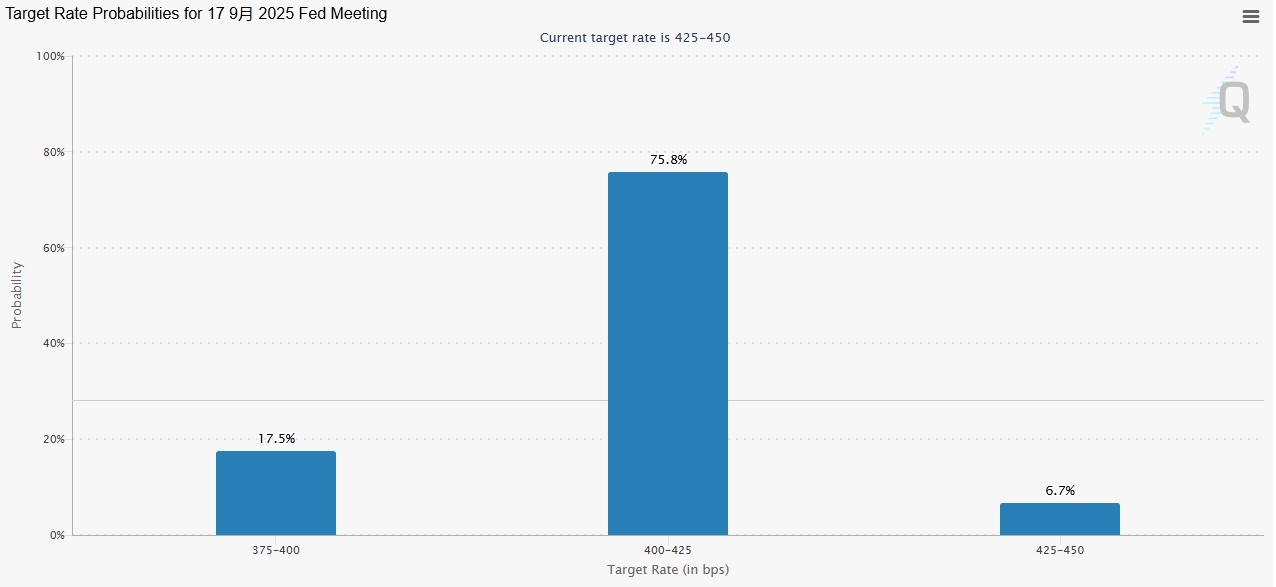Interest Rate Cut Forecast: Bessent Bets on Pre-September, Goldman Sachs Sees September Cut, Nonfarm Data Holds the Key

TradingKey - On Tuesday, July 1, U.S. Treasury Secretary Scott Bessent projected that the Federal Reserve would initiate a rate cut before September, emphasizing that President Trump’s tariff policies are unlikely to spur inflation as the Fed had anticipated. In line with this, Goldman Sachs forecasted the Fed's first rate cut to occur in September.
Goldman Sachs' report predicted an initial rate cut in September, followed by two additional cuts within the year, reducing rates by a total of 75 basis points to a range of 3.50% to 3.75%. This represents a significant advancement from their previous prediction of a December rate cut.
The forecasts rest on the assumption that the inflationary impact of Trump's tariff policies is significantly less than expected. Although there were earlier concerns that tariffs might spike monthly inflation over the summer, Goldman Sachs noted that recent evidence suggests limited tariff-induced consumer price increases, with a more pronounced overall trend of slowing inflation. The report also highlighted that not only do tariffs appear to have had a smaller-than-expected impact on inflation, but other deflationary forces are proving stronger. Additionally, tariffs seem to induce only a one-time price level shock without sustained inflationary pressure.
Currently, the Federal Reserve maintains a cautious stance on rate cuts. During the Central Banking Conference in Sintra, Portugal, on Tuesday, Federal Reserve Chair Jerome Powell did not rule out any possibilities regarding a July rate cut, stating that future decisions would be data-dependent. Previously, the May Personal Consumption Expenditures (PCE) price index showed a slight uptick in inflationary pressure, which served as a significant reason for the Fed's previous inaction.
Goldman Sachs urged investors to closely monitor the upcoming nonfarm payroll report, indicating that any signs of further labor market weakening could prompt the Fed to adopt a more accommodative policy sooner. "Any scare in an upcoming employment report could make cutting sooner the path of least resistance again," the report stated.
Recently, according to the CME FedWatch tool, expectations for a Fed rate cut have intensified, with a 75.8% probability of a 25-basis point cut at the September meeting, up from 54.2% a month ago.

[Fed interest rate forecast, source: CME FedWatch]

[Fed interest rate forecast, source: CME FedWatch]
On July 1, the U.S. Dollar Index briefly fell below 96.3, marking its lowest point since February 24, 2022. Yields on the highly rate-sensitive two-year U.S. Treasury notes dropped to 3.79%, remaining near a two-month low. These figures reflect investors' strong anticipation of a shift in Fed monetary policy.
* The content presented above, whether from a third party or not, is considered as general advice only. This article should not be construed as containing investment advice, investment recommendations, an offer of or solicitation for any transactions in financial instruments.

